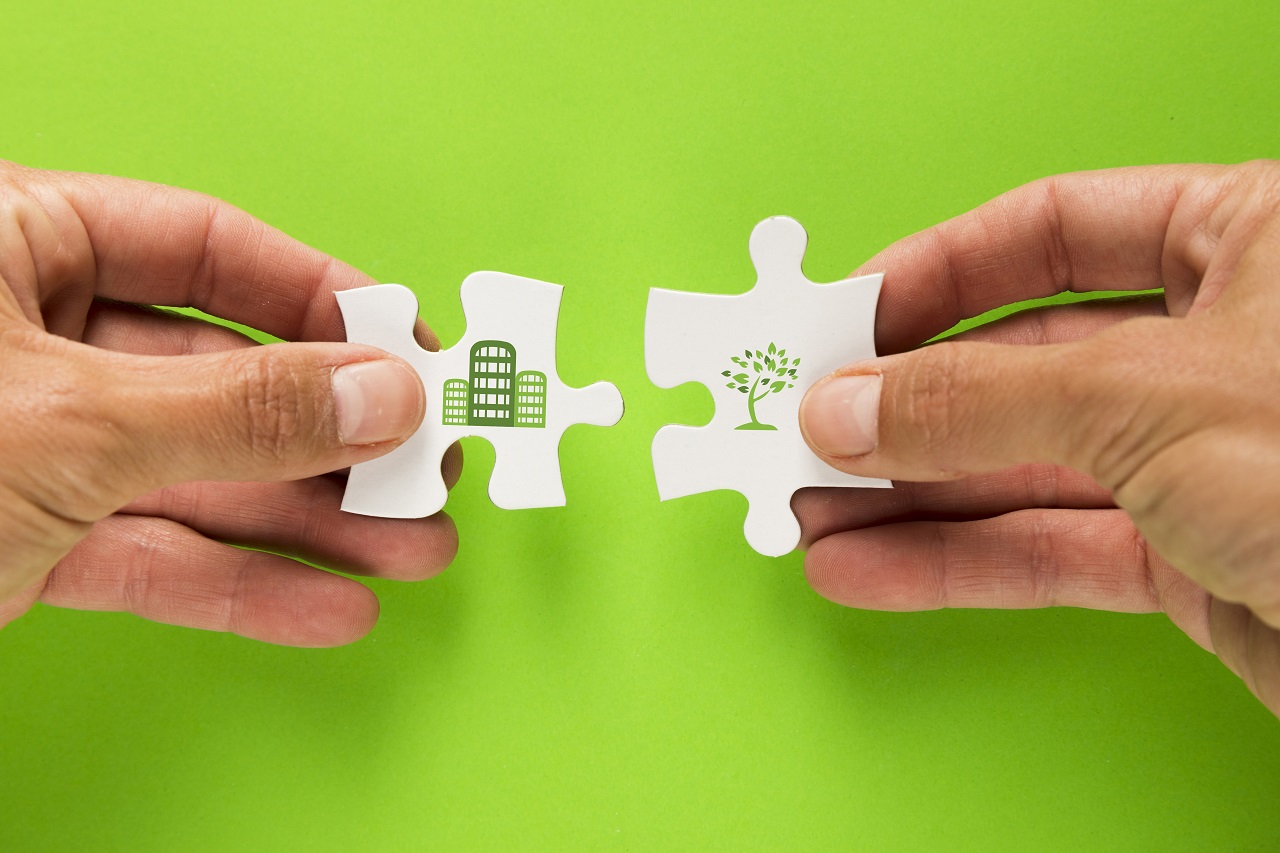The concept of “Green Buildings” in India is still at a very early stage. Adopted on in the early 2000’s The Confederation of Indian Industries (CII) created the Indian Green Building Council (IGBC) in the year 2001. However, within just 20 years, the country has gained about 400 crore sq ft, second highest globally, of green footprint and this is only set to rise exponentially in the next few years.
This drastic change in the construction landscape didn’t come without active participation from a range of stakeholders. In fact, the vision document of IGBC reads “To enable a sustainable built environment for all and facilitate India to be one of the global leaders in the sustainable build environment by 2025”. To this end, the National Housing Bank (NHB) of India expects the investment in green construction/architecture to cross US$ 150 billion by the year 2020. While three fourth of Indian urban landscape is under construction, the favorable policies centered on it only gives a beneficial boost to this much-needed revolution.
http://littlemagonline.com/musings-and-observations/musings-and-observations-part-ii/attachment/shift-2-yooke/ What do green buildings mean?
Perhaps the simplest explanation of Green Buildings is the construction that requires minimal natural resource, generates lesser amounts of waste than normal construction practices, revolves around the idea of minimizing emissions and prioritizes the health of its occupants over anything else. However, to be rated as a Green Building requires going through Green Rating for Integrated Habitat Assessment (GRIHA) and certifications from the Bureau of Energy Efficiency (BEE) and IGBC’s LEED (Leadership in Energy and Environmental Design). The certifications focus on key issues including:
- Sustainable construction site – With Green Buildings, the project area should be able to return to its former natural balance after the construction is completed. This is in terms of groundwater level, air pollution index and percentage of natural green cover.
- Water efficiency – it is necessary that green buildings and campuses make sustainable use of freshwater. Rainwater harvesting is a mandatory concept with green buildings. This not only helps in times of crisis but also helps recharge the area’s groundwater level. Further, recycling used water ensures maximum utilization of the energy that was initially required to pump out the resource.
- Energy efficiency and renewable energy – Green Buildings are against the idea of using fossil fuels. Alternatively, renewable sources of energy by harnessing the power of sun, wind and water dramatically reduces the carbon footprint of any project. Most green buildings in India and across the globe are fitted with solar panels to meet the energy requirements of the residents/occupants.
- Conservation of materials and resources – Again, this is centered around minimum exploitation of the natural resources. This includes construction materials that are energy efficient to produce and are non-toxic to the environment they are introduced in. use of traditional construction materials like cement and concrete is replaced by more eco-friendly products like fly ash, clay and even recycled plastic.
- Indoor environment quality – To maintain the required comfort in the indoor spaces, green construction depends heavily on natural insulation. Maximum use of daylighting, sun roofing and other favorable designs cut back on the need for air conditioning and lighting. This saves energy and contributes to carbon footprint reduction.
- Regional priority – Lastly, green buildings should be able to strike a balance with the local environment and community. The landscaping should be such that it doesn’t just complement but accentuates the harmony with the immediate natural spaces around.
http://ukadventureracing.co.uk/catalog/view?slug=Tadalis_SX New initiatives towards green building designs
The early momentum towards the Green Building revolution in India was in 2003 with the CII-Sohrabji Godrej Green Building Business Center in Hyderabad was bestowed with the platinum rating. The 20,000 sq ft of experimental but futuristic design played a catalytic role in expanding the green building ecosystem to 450 crores sq ft today. According to the data from April 2018, there were more than 4553 green building projects underway, accounting to a 5.29 billion sq ft of addition to the number above. In the commercial space, the green building concept has been popularized multinational IT campuses, airports, hotels, smart townships, and even some hospitals and schools. The IGBC hopes that by the year 2022, India will have another 10 billion sq ft of green space added to its existing credentials and this makes the country a global leading in the space.
Green buildings being the future
The concept of sustainable homes is nothing new. Indian civilization had always stayed close to nature and in perfect harmony, it was only the industrial revolution that led to the change in lifestyle and the growing demands led to unsustainable productions. However, now that we are trying to fight back the repercussions, going back to sustainable living is perhaps the only way out. It not hard for Mother Earth to take back control. We need to decide whether we will continue to be a part of this planet.







